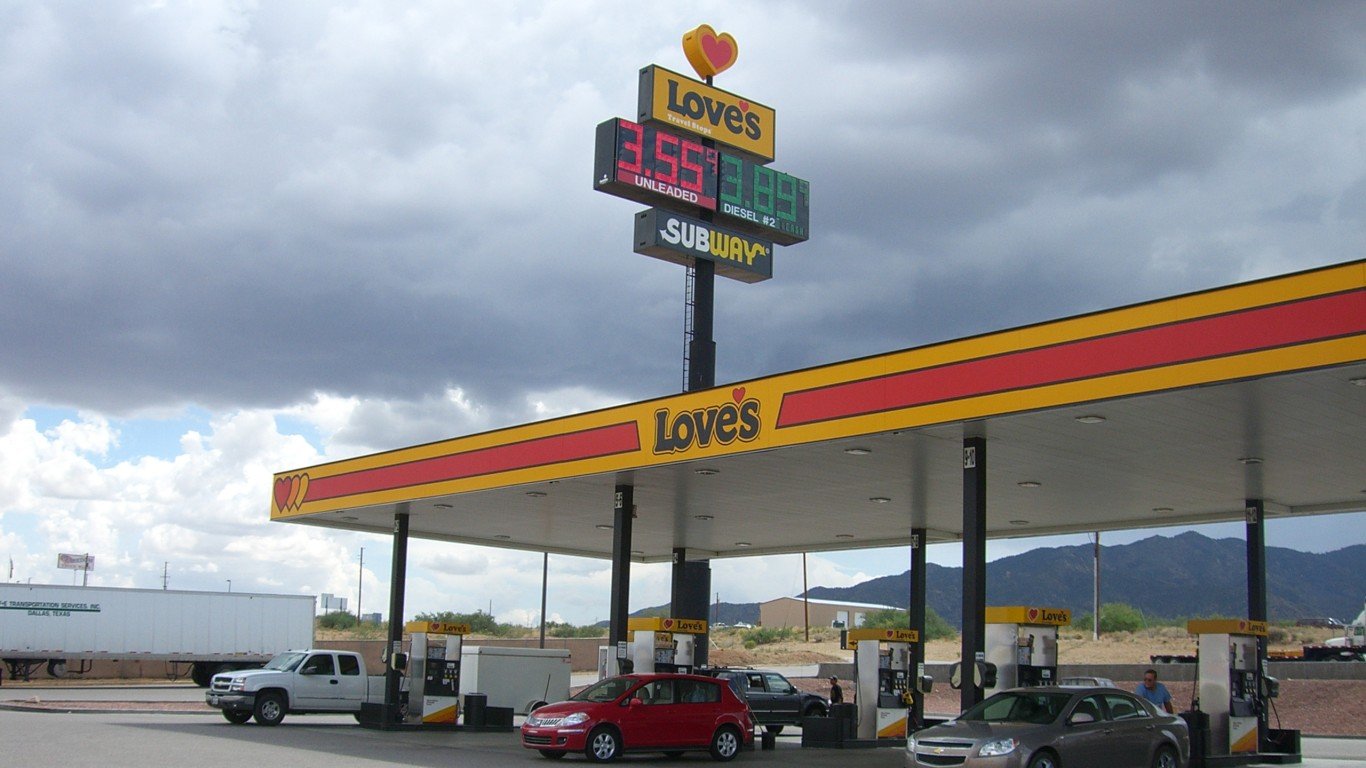
Source: Thinkstock
Following the Thanksgiving holiday weekend, demand for gasoline finally began to drop. Pump prices still have to fall another 10 to 12 cents a gallon to reach their levels in August and more than 30 cents a gallon to match the year-ago price.
Crude oil prices rose a little following last week’s OPEC meeting, but the gain was moderated by the increase in U.S. land rig counts and a large build in U.S. gasoline inventories last week.
Patrick DeHaan, head of petroleum analysis at GasBuddy, said:
With OPEC deciding last week to extend last year’s agreement on oil production cuts, the future for gasoline prices isn’t as rosy. While the short term may feature more modest price decreases is many areas, as we set our sights on the months ahead, 2018 is starting to look ominous as a result of OPEC’s extension. U.S. oil inventories are already 100 million barrels lower than where they were last year as a result of the belt tightening, leading 2017’s yearly average gas price to close out at the highest since 2014. Motorists should enjoy the falling prices now because it’s likely that prices may again rise approaching the New Year as oil prices continue to show strength.
States where prices moved most last week were: Indiana (down 10 cents); Illinois (down nine cents); Ohio (down eight cents); Michigan (down seven cents); Wisconsin and Delaware (down five cents); and Missouri, Oklahoma and West Virginia (down four cents).
States with the lowest average prices last week included Alabama ($2.20), Mississippi ($2.21), Missouri ($2.22), Oklahoma ($2.23), South Carolina and Arkansas ($2.24), Tennessee and Texas ($2.26), Louisiana ($2.28) and Virginia ($2.31).
The highest average prices per gallon last week were reported from Hawaii ($3.21), Alaska ($3.18), California ($3.15), Washington ($2.96), Oregon ($2.80), Nevada ($2.78), Pennsylvania ($2.86), Connecticut ($2.71), New York ($2.68) and Montana ($2.62).
West Texas Intermediate crude oil for January delivery traded down about 1% Monday morning to $57.74, while Brent for January delivery traded at $62.90. The price differential (spread) between WTI and Brent crude is essentially flat at around $5.15 a barrel week over week.
Take This Retirement Quiz To Get Matched With An Advisor Now (Sponsored)
Are you ready for retirement? Planning for retirement can be overwhelming, that’s why it could be a good idea to speak to a fiduciary financial advisor about your goals today.
Start by taking this retirement quiz right here from SmartAsset that will match you with up to 3 financial advisors that serve your area and beyond in 5 minutes. Smart Asset is now matching over 50,000 people a month.
Click here now to get started.
Thank you for reading! Have some feedback for us?
Contact the 24/7 Wall St. editorial team.
 24/7 Wall St.
24/7 Wall St.

